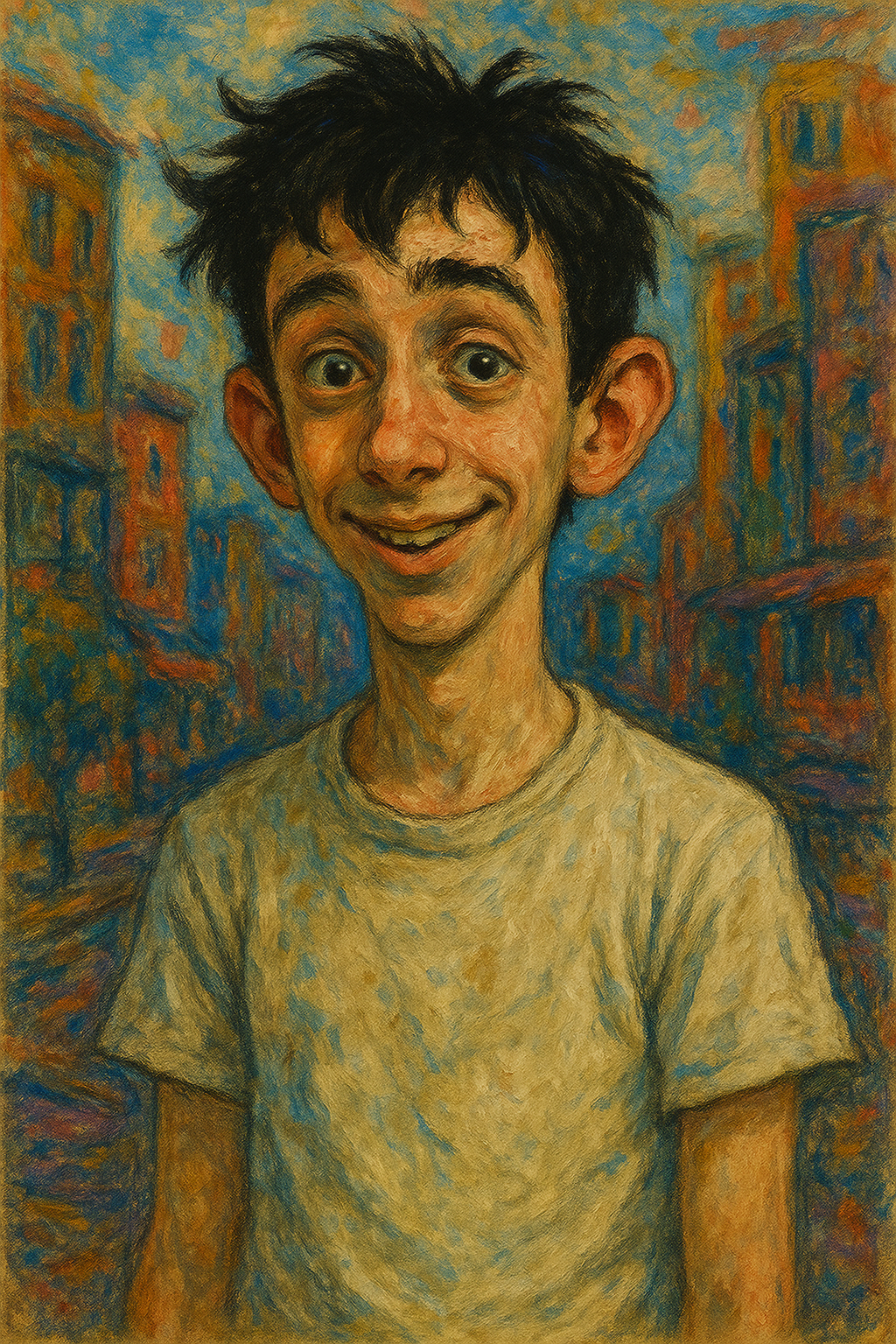Your Mind Is Not You
Most of us assume the voice in our head is us.
But we don’t choose our thoughts. They appear. We notice them. Sometimes they’re helpful, but often they’re reactive, contradictory, repetitive, or completely disconnected from reality. If we’re not consciously making them, how could they be us?
So I stopped treating my thoughts as me. Instead, I gave them a name.
I named my mind Odi.
Why Name Your Mind
“When your doctor hits that spot on your knee, do You kick the doctor? Of course not. It’s a reflex out of your control, like most of your thoughts.“ — Tyler Benari (me)
Your mind is a tool that processes, analyzes, spins stories, and tries to keep you safe. Sometimes it’s useful. Mostly it’s just noise.
And because you don’t intentionally create your thoughts, they do not define you, and you shouldn’t let them define you. They are just a reflex of the muscle that is your brain using dated synapsis.
So, when your mind starts narrating things in ways that make you anxious, or small, or self-critical, it helps to find ways to create a little distance from your mind. This also helps you see your mind and it’s thoughts more clearly.
A clutch way to create that valuable distance from your mind, is to name it. A name gives shape to the voice and reminds you that it’s something you have, not something you are.
It becomes a character you can observe. You can notice it without getting swept up in it. You can even laugh at it.
Creating the Right Character
“Until you make the unconscious conscious, it will direct your life and you will call it fate.” — Carl Jung
Start by noticing how your mind behaves when it’s loudest. Is it controlling, anxious, smug, scared? Does it overexplain? Worry? Judge?
Now imagine if that voice were a person. What would they look like? What would their tone be? What would you call them?
I wanted my mind to feel like I perceive my knee-jerk thinking patterns: clever and restless, but also young and a little self-important. It also felt good for me to give it a mythic and slightly embarrassing feel. I landed on the name Odi. Short for Odysseus, the clever wanderer, and also a nod to the id, the impulsive, primal part of the psyche.
Once I had the name, I started imagining his face. I used ChatGPT to help me shape it. At first he was too old, too wise, too composed. I kept refining until I landed on a version that felt right. A skinny, moody teenager with too many opinions and not enough perspective with features that vaguely resembled my own. That’s Odi. That’s my mind.
Meet Odi.
He’s my mind, he’s not me.
The Power of Seeing It
“You don't have to control your thoughts. You just have to stop letting them control you.” — Alan Watts
It’s strange how much it helps. Odi still talks. But now when I hear my thoughts spiraling, catastrophizing, or trying to “protect” me, I say, “Okay, Odi, settle down. We don’t need that kind of negativity right now. Take five, buddy.”
I don’t have to fight him or believe him. I just recognize he’s doing his thing.
This kind of distancing isn’t just poetic. It’s based in psychology. In Acceptance and Commitment Therapy, it’s called cognitive defusion. In Internal Family Systems therapy, it’s dialoguing with your parts. Psychologist Ethan Kross calls it self-distancing. Eckhart Tolle says you are not your mind, but the awareness behind it.
Giving the mind a name and face is one way to make that real.
Try It Yourself
You don’t need any special tools to do this. Just tune in. Notice how your mind speaks to you. Then try imagining that voice as a separate person. Let a picture form. Then let a name come to you, it doesn’t have to have any special meaning. Afterall, a rose by any other name…
And when that picture is clear enough, you’ll remember you’re not your thoughts. You’re the one noticing them. You’re the one who chooses who to be, and what to believe.
That’s where the freedom is.


